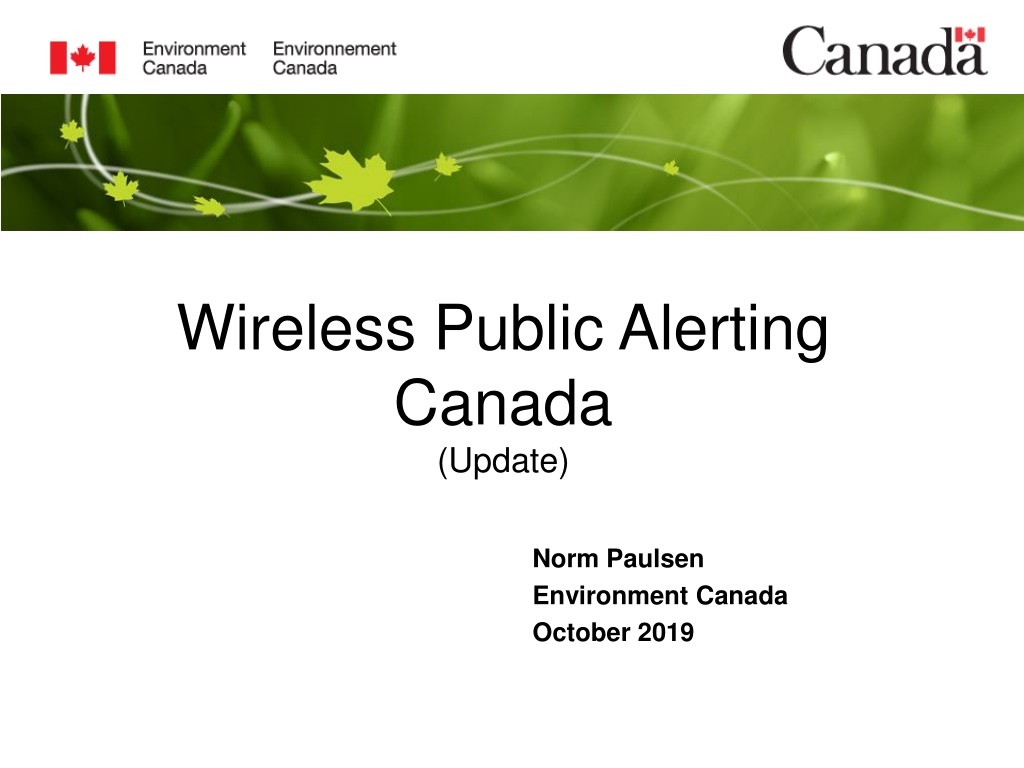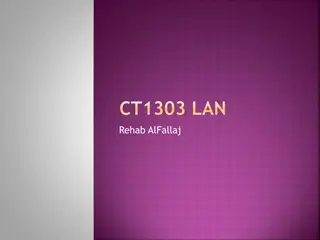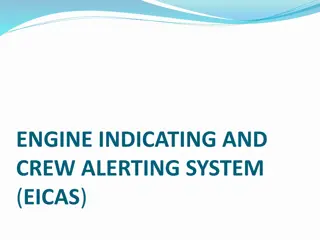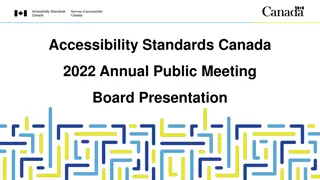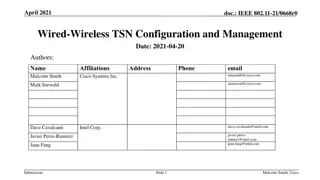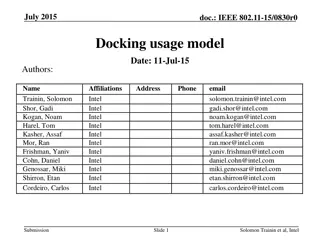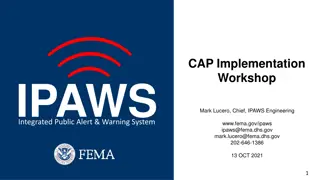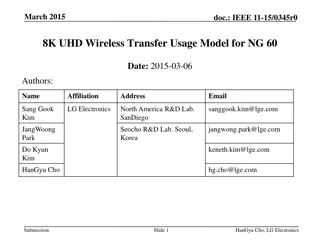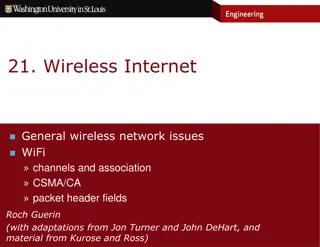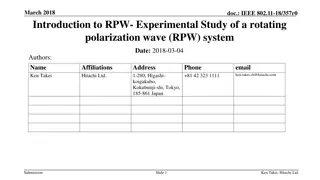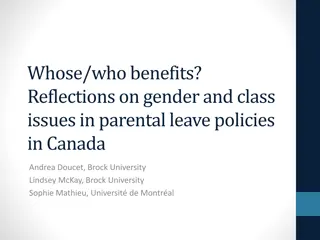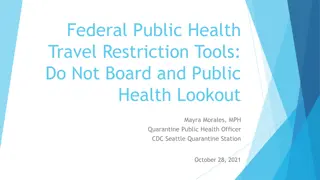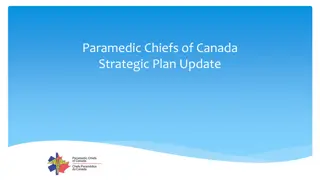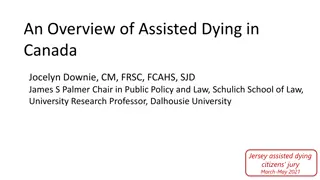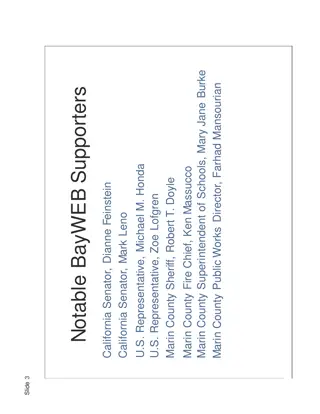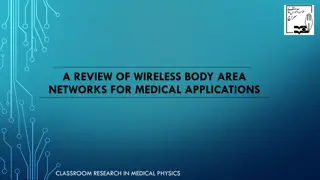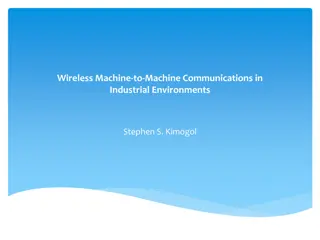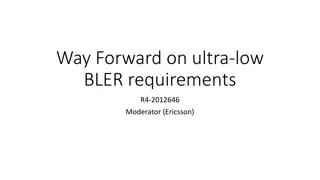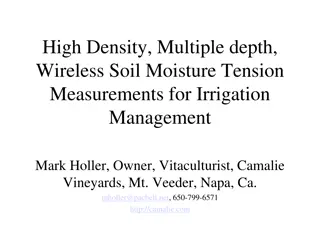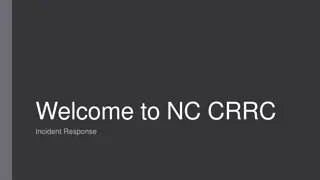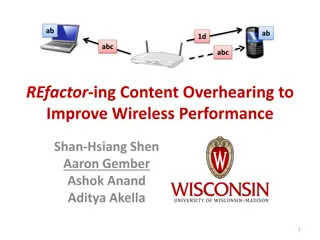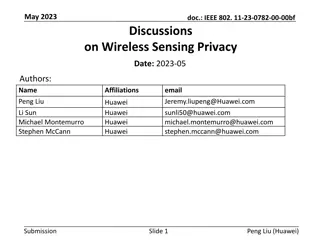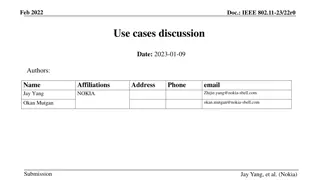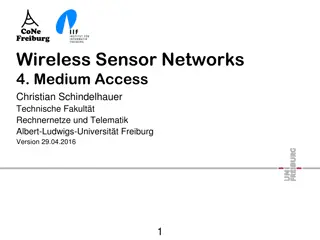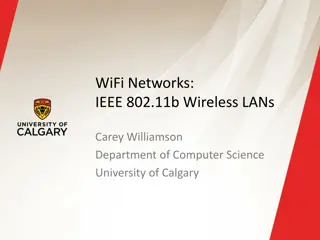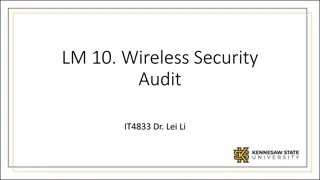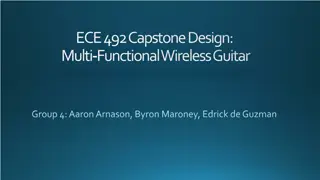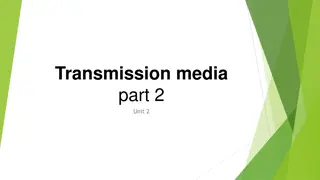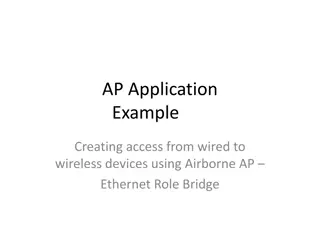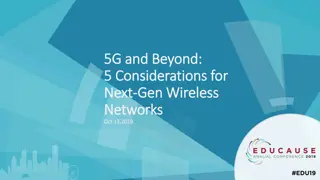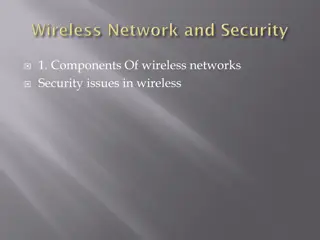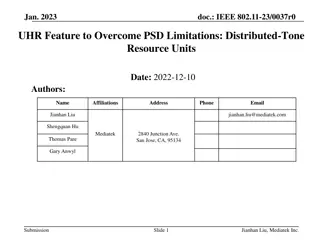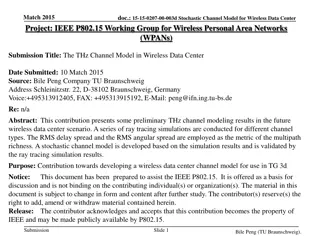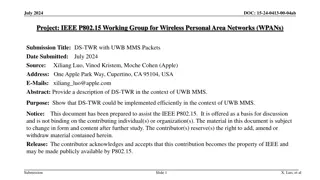Wireless Public Alerting System in Canada: Update and Challenges
The National Public Alerting System in Canada, operating successfully since 2015, delivers emergency level alerts via various broadcasting methods. Despite its effectiveness, the system faces complaints and challenges, particularly regarding wireless alerts. Issues range from alert timing to the annoyance caused by repeat 911 calls. This presentation sheds light on the deployment of wireless alerts, the technologies involved, and the public's mixed reactions to receiving alerts, especially during inconvenient times.
Download Presentation

Please find below an Image/Link to download the presentation.
The content on the website is provided AS IS for your information and personal use only. It may not be sold, licensed, or shared on other websites without obtaining consent from the author. Download presentation by click this link. If you encounter any issues during the download, it is possible that the publisher has removed the file from their server.
E N D
Presentation Transcript
Wireless Public Alerting Canada (Update) Norm Paulsen Environment Canada October 2019
National Public Alerting System (NPAS) With the help of the Common Alerting Protocol, Canada s National Public Alerting System has been operating successfully since 2015 (Wireless since 2016) Within NPAS, Emergency Level Alerts are pushed to the general public through TV, Radio and Wireless Cell Broadcasting methods Tornado Warnings (Environment Canada) 83 CAP messages YTD country wide Child abduction - AMBER alerts (Police) Flood Warnings (Provincial Agencies) More Event Types are being considered and debated for Emergency Level status Extreme Thunderstorms? (damaging hail, intense lightning) Storm surge? (U.S. counterparts have added this one) Tsunami (will happen just mired in the policies of the three different agencies involved) Page 2 September 29, 2024
Complaints NPAS gets its share of complaints Aside from the standard complaints of Why did I get this thing when I didn t ask for it? Its so far away from me, why did I receive it? The event is long gone, why is the alert still going? there are other notable complaints worth reporting on. For this presentation I will focus on Wireless Alerting Page 3 September 29, 2024
Some Quick Facts Wireless Alerts In Canada, nationally mandated Wireless Public Alerting was deployed in 2016 Canada chose Nokia as our Cell Broadcasting provider primarily to align alerting with the U.S. (alerts can cross borders) Page 4 September 29, 2024
Wireless Alerts Why did I get this thing when I didn t ask for it? Complaints made through the emergency 911 number are a large problem Heightened Response: This past summer, a man purposely and repeatedly called 911 to complain He made a point of being annoying by repeat calling Page 5 September 29, 2024
Wireless Alerts Why do I need to get woken up in the middle of night? TV and radio are usually off - smart phones are usually on User Complaint: AMBER alerts are not a threat to my life and property, why all the noise (especially at night)? Answer: It s a Handset issue - cell broadcasting is a separate business from handset manufacturing Page 6 September 29, 2024
Wireless Alerts Its far away from me, why did I receive it? Towers that only partially cover the threat area are activated Cell Broadcast message lengths are too small to describe the area accurately Smart Complaint: Why did I get the alert when web sites and the media that show the alert don t describe my area as being under threat? Page 7 September 29, 2024
Wireless Alerts In the U.S. FCC Report and Order (R&O) FCC 18-4 Device Based Geo-Fencing BMC can send alert coordinates in a polygon or circle Minimize over-alerting in space Slated for a fall 2019 deployment Additional concerns about this proposal Page 9 September 29, 2024
Additional Concerns Authority Concern: Once a device determines it is outside the fence it will not reactivate when it moves inside Sol n: A second message will be cycled to the devices to have the device do a geo fencing check Authority Concern: The device uses extra time doing the fence check, so what about latency? Sol n: Authority can choose to no send fence in cases where message latency is considered an issue Authority Concern: The message to the recipient will be smaller if polygon takes up space Sol n: Polygon or circle will be handled in a new element so message will be the same size Page 10 September 29, 2024
Other concerns Authority Concern: CAP messages without an event code on the pre- set list of Emergency Level events are not broadcast Initial requirement issue from the NPAS system Sol n: For Canada, this original requirement will be removed for 2020 so that the SOREM Broadcast Immediate <parameter> set to Yes is all that is needed The validation of the alerting source is done through the trusted feed Authority Concern: CAP messages identifying areas without geocodes are not broadcast For speed, Canada and U.S. cell broadcasting systems require a geocode to first reduce the search area before tower mapping occurs using the provided polygon (no geocode - no towers) Sol n: For Canada, this requirement will be removed for 2021 so that the <polygon>, if present, is all that s needed Page 12 September 29, 2024
Weather Services Concern Environment Canada Concern: Hazards that move and/or require frequent update messages cause repeat messages to occur to device users CAP requires the full area to be referenced in all messages Could create separate messages but then bifurcation can occur Environment Canada asked Nokia to create a new Update feature in their Cell Broadcasting System Previous cell broadcast message ID can be repeated when a CAP update comes in (maps to the CAP msgType =Update) The system will update the time and place of the broadcast but the message to the end user will be the same with the same message ID. For Canada, this feature will be added for 2021 so that the Env. Can. can update an alert as needed, without having to consider the frequency of interrupts for wireless device users Page 14 September 29, 2024
Putting Features Together Nokia representatives to Canada pushing this new Update X feature to be a feature available in their system for any country that wants to use it In summary: The combination of no geocode required feature + geo-fencing feature + Update X feature will make it possible to run an wireless alerting system for moving hazards without impacting the authority s ability to update the alert as needed Page 16 September 29, 2024
Update message polygon B + C Initial message polygon A + B C = New area being alerted with most devices activating immediately B = Existing area to still be alerted when devices come into range of the broadcast for the first time A = Old area where the broadcast has ended due to the CAP Update message and the cell broadcasting Update X Page 17 September 29, 2024
Thank You Norm Paulsen (norm.paulsen@canada.ca)
Other User Complaints User Complaint: Why do I get several alert messages all almost at once? Towers across political boundaries create duplicates/discrepancies can geo-fencing solve this? Different provider towers while moving around User Complaint: How come they don t tell you the event is over? We do in CAP and Cell Broadcasting, its just not pushed to the handsets as a presentation National Policy is to not make those messages push presented Many Police agencies wanted push presented its over messages Page 19 September 29, 2024
Cell Broadcasting System Issues Cost put on major broadcasters so naturally there is a drag on system improvements Wireless Costs in Canada amongst highest in the world Costs of Wireless Alerting for carriers mandated to be absorbed into operating costs Cost associated with Alerting systems created limitations on systems Code sets not updateable except in system updates Event codes Geocodes Page 20 September 29, 2024
